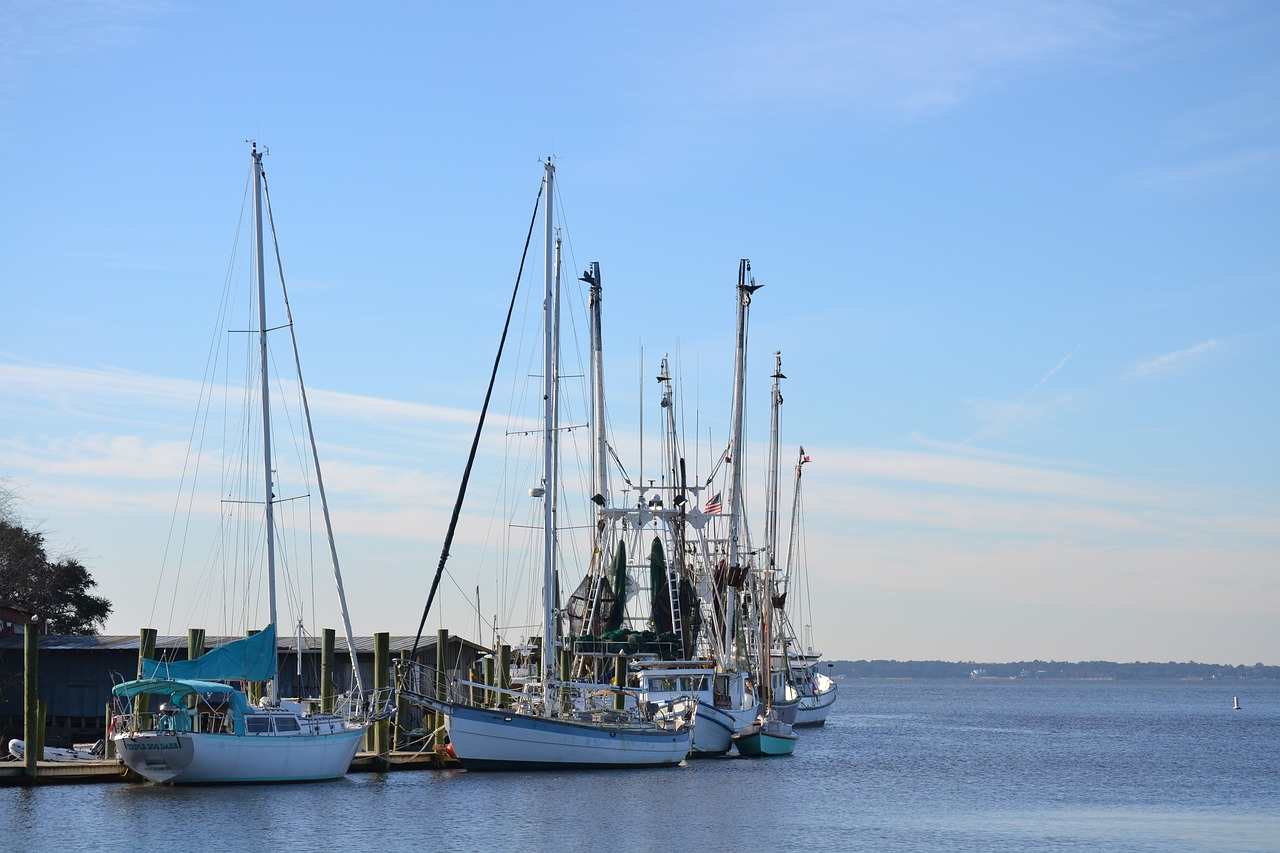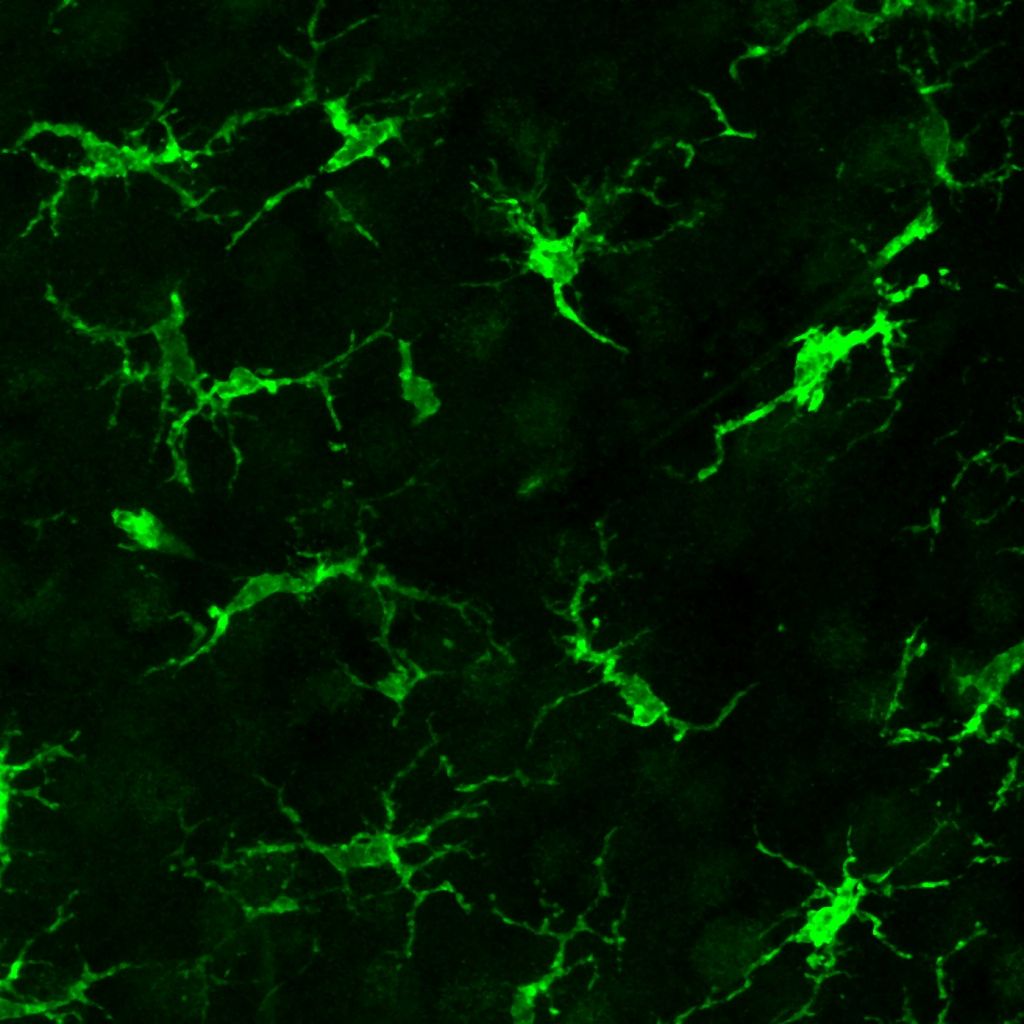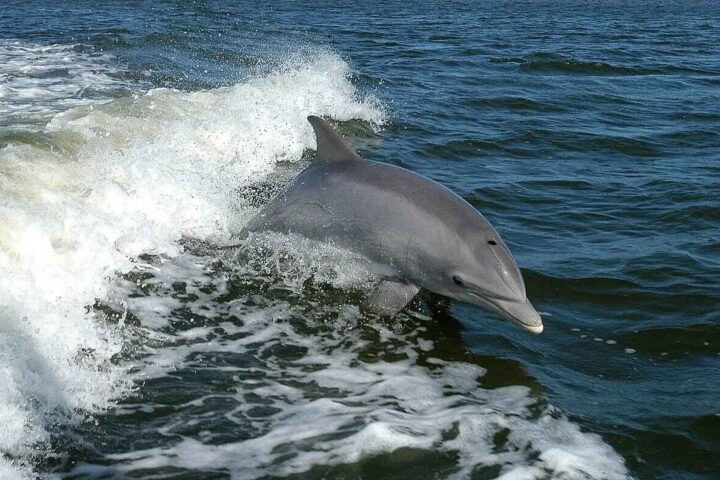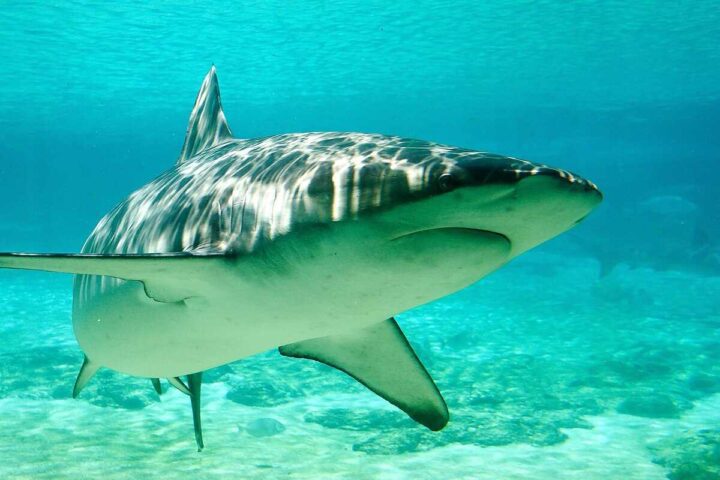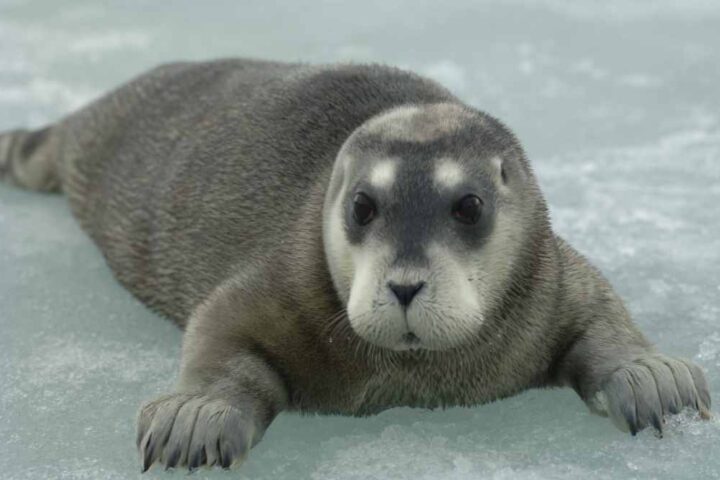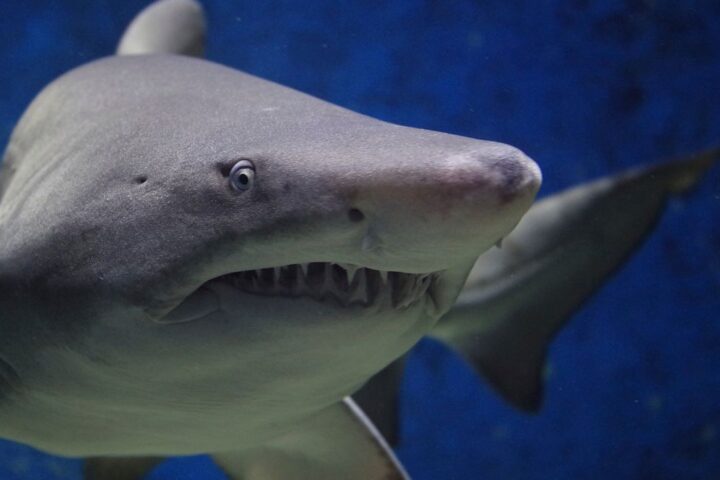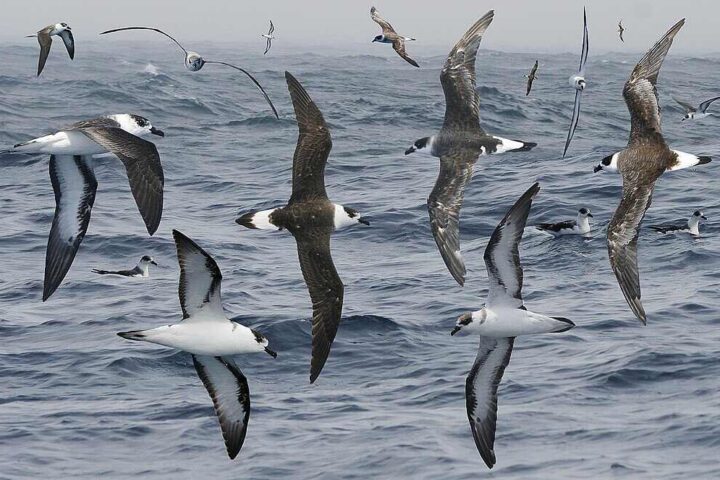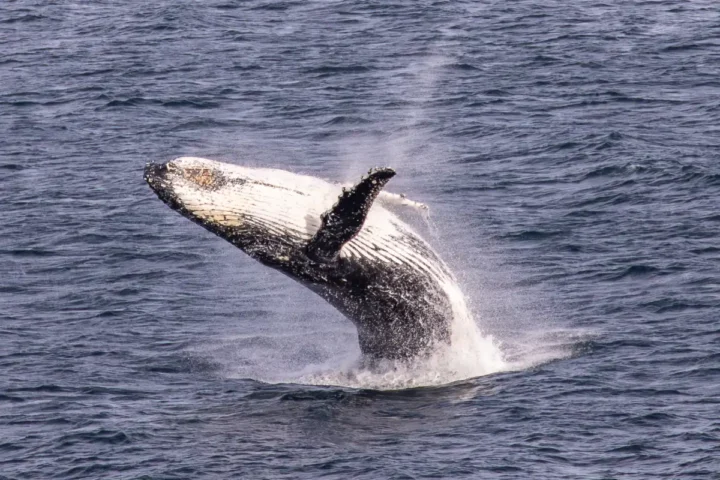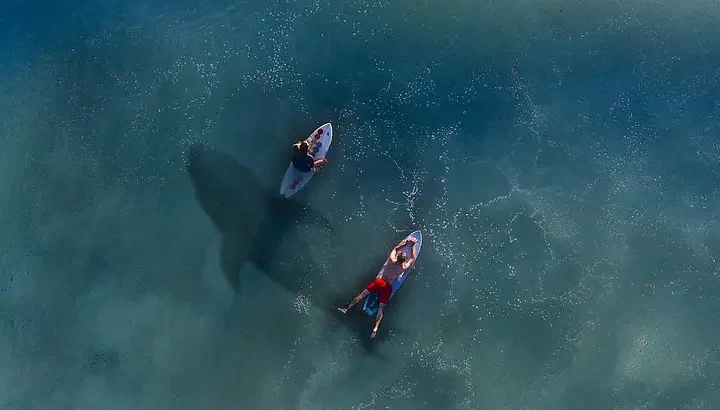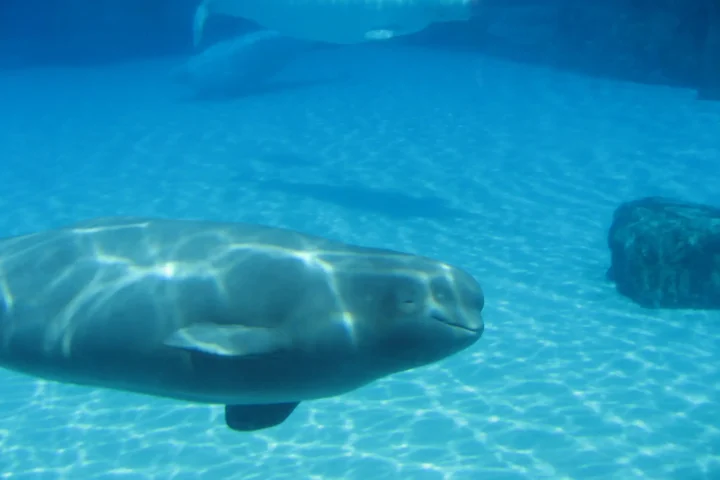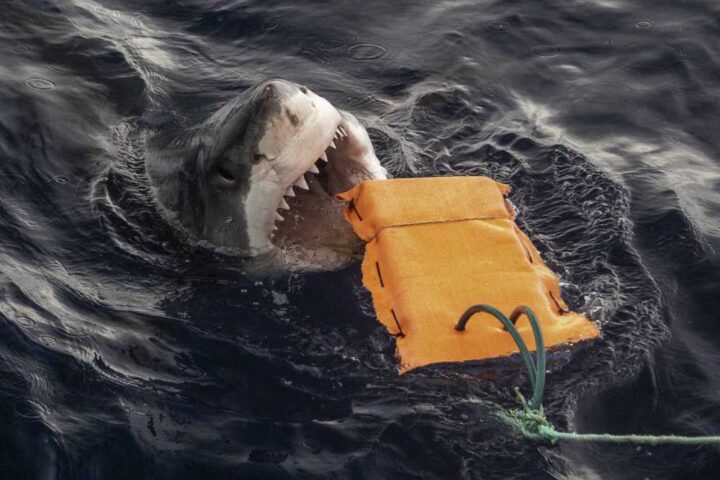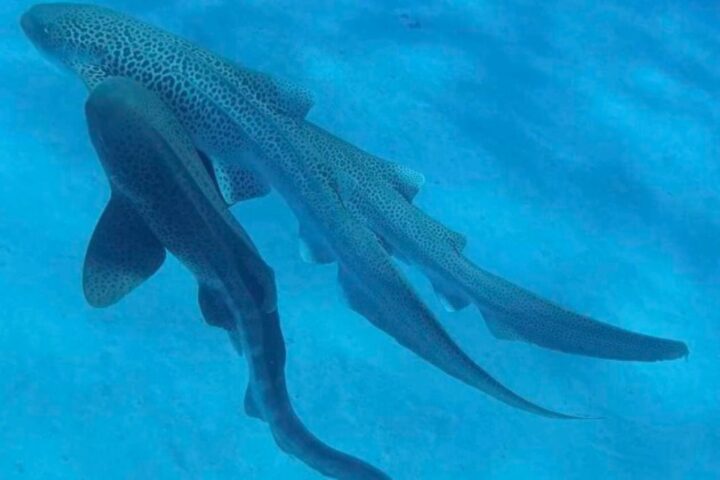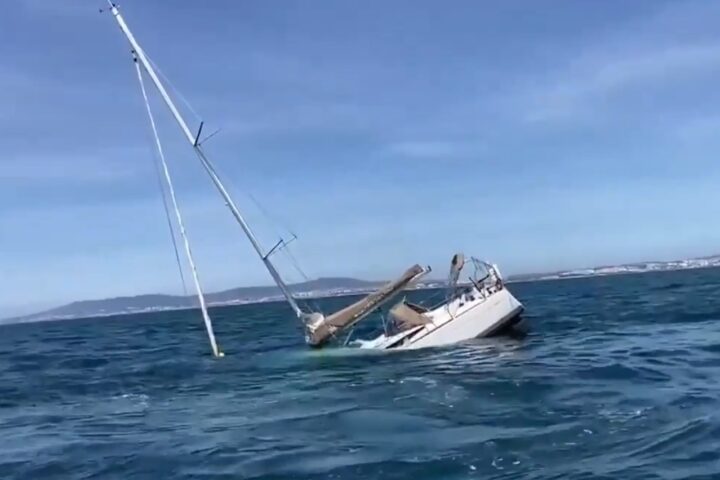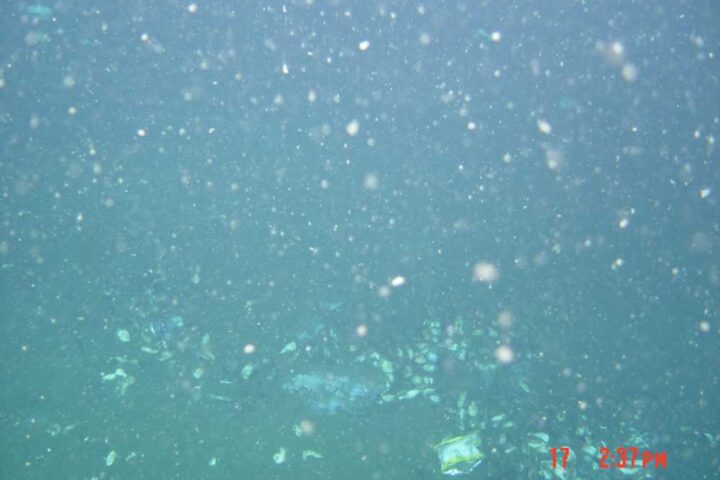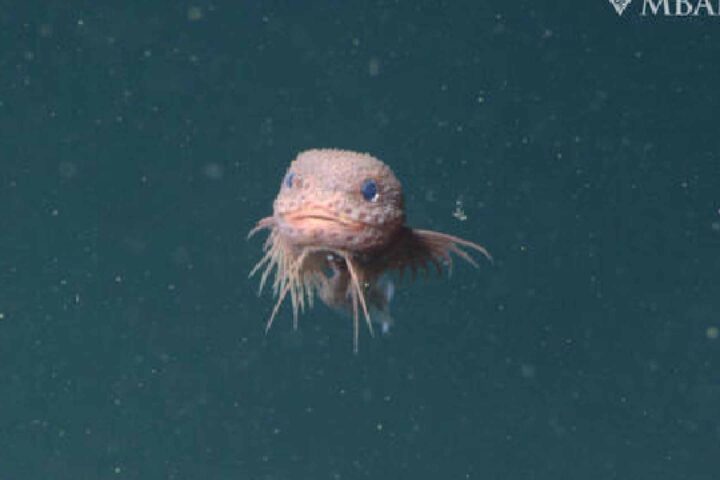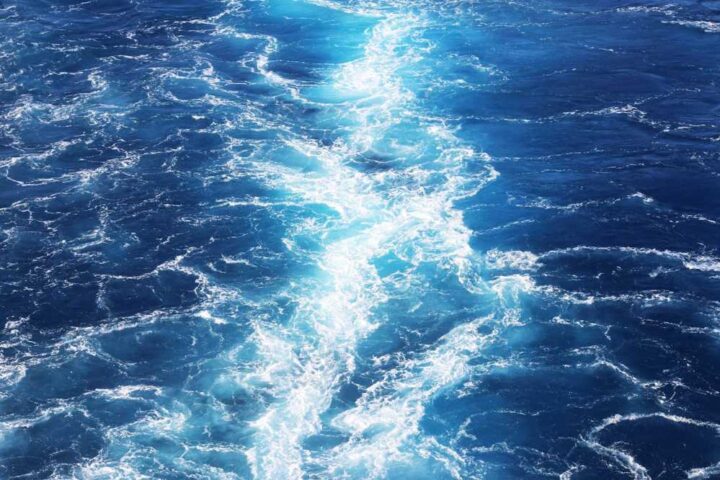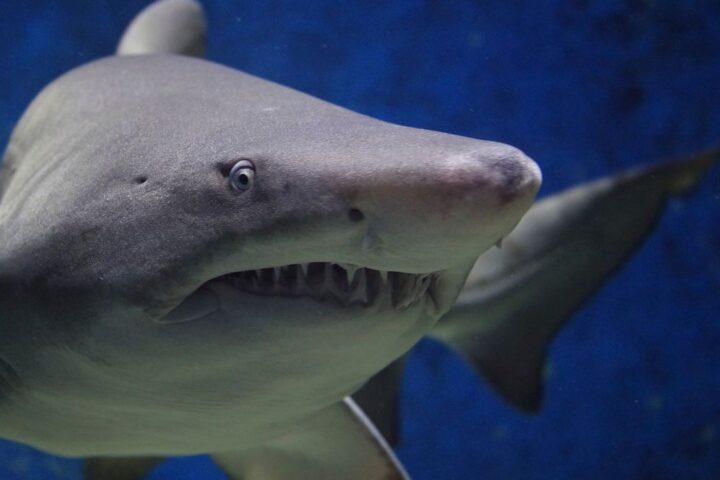The sprawling Pacific Islands Heritage Marine National Monument spans roughly 490,000 square miles of underwater ecosystems, reefs, and islands – a protected zone bigger than all American National Parks put together and covering an area that would nearly fit two Texas-sized states.
Last Friday, a judge in Honolulu’s federal court blocked commercial fishing from continuing in this vast marine sanctuary, rejecting the Trump administration’s efforts to permit fishing activities in these protected waters. The ruling invalidated a National Marine Fisheries Service letter dated April 25 that had given fishing companies permission to operate in certain monument areas after President Trump issued a presidential proclamation on April 17.
Judge Micah W.J. Smith declared the letter unlawful, stating that “no commercial fishing operators may reasonably rely on [the letter].”
This ruling means commercial fishing must stop immediately in waters between 50 and 200 nautical miles around Johnston Atoll, Jarvis Island, and Wake Island.
“The court made clear that the federal government cannot quietly sweep aside critical fishing protections without giving the public a voice,” said Maxx Phillips, Hawaii and Pacific Islands director at the Center for Biological Diversity, one of the groups that filed the lawsuit.
The legal challenge was brought by conservation groups including Earthjustice, the Center for Biological Diversity, and Kāpaʻa. They argued that allowing commercial fishing would require formal rule changes through a public process under the Magnuson-Stevens Act, not just a notification letter to fishing permit holders.
Similar Posts
Originally established by President George W. Bush in 2009 as the Pacific Remote Islands Marine National Monument and expanded by President Obama in 2014, it was renamed in January 2025 to recognize its cultural significance to Pacific Islanders. The protected area includes seven national wildlife refuges and homes rare and endangered species including turtles, deep-sea corals, and unique fish populations.
Solomon Pili Kaho’ohalahala, founding member of Kāpaʻa, welcomed the ruling: “The court acknowledged the importance of giving due consideration to the voices of our kūpuna in these challenging times. The Fisheries Service cannot ignore our perspectives as the native people who belong to the islands and to the ocean.”
The battle over fishing in these protected waters has highlighted tensions between commercial interests and conservation goals. Hawaii’s longline fishing industry had celebrated Trump’s April proclamation, with industry representatives citing financial challenges. According to NOAA’s Pacific Islands Fisheries Science Center, Hawaii’s longline fleet experienced an “all-time low” in profits in 2022, with vessels averaging only about $44,000 in profit after expenses.
A conference is scheduled for October 6 to determine next steps in the ongoing legal battle, as conservation groups are also challenging the constitutionality of Trump’s proclamation itself, arguing it exceeds presidential authority by attempting to strip protections from established monuments.
